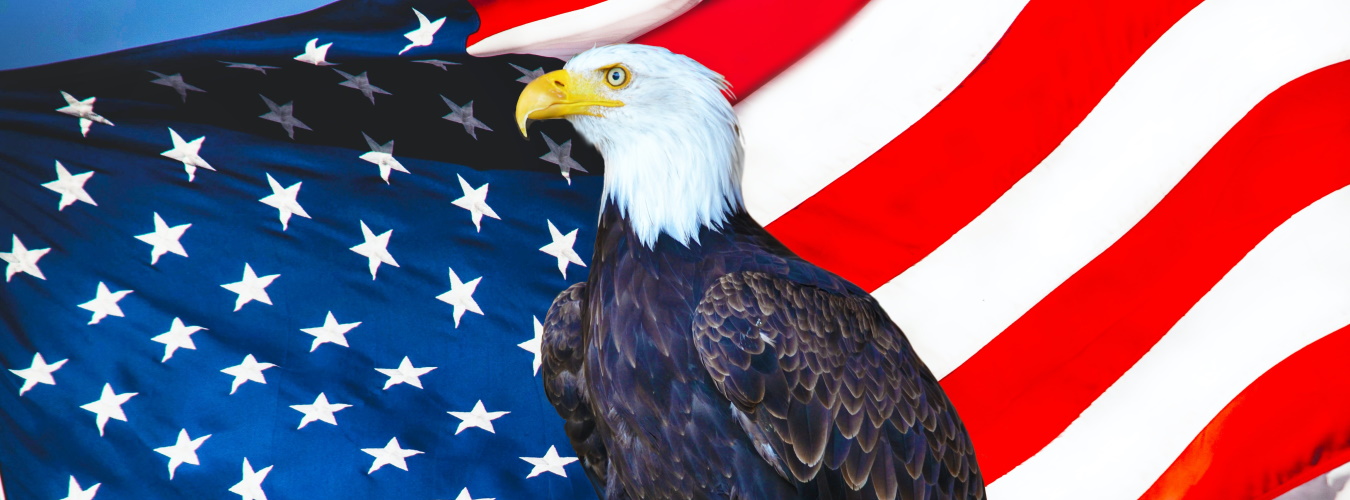By Ryan Young
There has been a lot of talk about reinsurance in the powersports industry. I’d like to share my perspective on how this can help—or hurt—and provide another option that may fit many dealers.
The Three Components of a Finance Contract
Every F&I product sold is generally made up of three parts:
- Reserves – the funds set aside to pay claims for the life of the contract.
- Commissions – payments to the agent, provider, or others.
- Administration Fees – charged by the provider. These can include multiple components such as a CLIP (insurance in case the obligor goes bankrupt), ceding fees, or other pass-through fees. Each administrator breaks these down differently, and names may vary.
Tip: Always ask your provider for a clear explanation of their fee structure. For example, I know of one administrator that charges a 10% “claims” fee on the total amount of each claim.
Let’s use a $500 service contract as an example:
- Roughly $100 would cover administration fees, commissions, etc.
- The remaining $400 goes into reserves to pay claims for the life of the contract (say, 5 years).
Reinsurance Explained
Most powersports dealers sell fewer than 100 retail units per month, and often fewer than 30 service contracts. Those reserve funds can be set up in a reinsurance position, essentially a “micro-insurance company” owned by the dealer.
The funds are usually domiciled offshore (Turks and Caicos is common, though Native American lands are gaining traction). While the money itself typically stays in the local bank, on paper it appears never to have been held on U.S. soil—an important tax distinction.
Operating a reinsurance company costs around $5,000–$6,000 per year (charter renewal plus tax prep/filings).
Example:
- 80 major unit sales per month.
- 30% penetration rate = 24 service contracts.
- $400 into reserves per contract = $9,600/month or $115,200/year.
With an average powersports loss ratio of 60–70%, about $48,000 would remain annually in reserves/reinsurance. Sounds good—but if you sell mostly off-road, ratios can run 70–90% or even exceed 100%. That flips the economics and can leave the reinsurance company upside down. When that happens, administrators may require you to deposit additional funds (often 125% of projected claims) to cover exposure.
The Alternative: Retro Programs
Another way to share in unused claims dollars is through a retro program. In this setup, the administrator rebates a portion of unused premiums back to the dealer—often annually. Percentages vary and may be tied to dealer volume. Some administrators even rebate 100% of unused premiums if the dealer is exclusive to them.
Key differences from reinsurance:
- No insurance company required → no $5K+ in maintenance costs.
- No risk to dealer → if claims exceed premiums, you don’t write a check to cover the shortfall.
- Taxable income → retro checks are taxable, and you’ll need to decide whether they’re paid to the dealer entity or directly to ownership (consult your CPA).
On the downside, if claims are high there may be no retro check, and the administrator may raise your rates.
Which Is Best?
- Reinsurance makes sense for larger dealers or groups with the volume to spread risk and justify the expense.
- Retro programs are usually better for average-size dealers: no added cost, no downside risk, and still a share of unused reserves plus interest on held funds.
Closing Thoughts
I am a proponent of reinsurance for the right dealer, but in most cases, a retro is the safer and more practical route. It allows dealers to participate in profits without the risk and administrative burden of running a captive insurance company.

